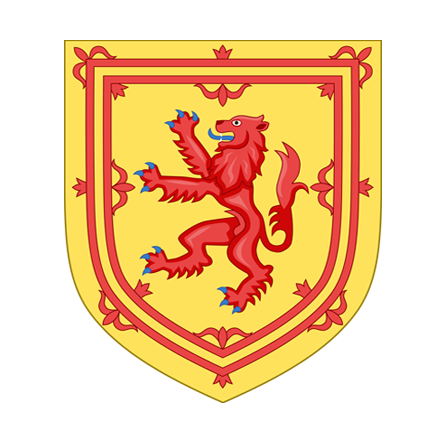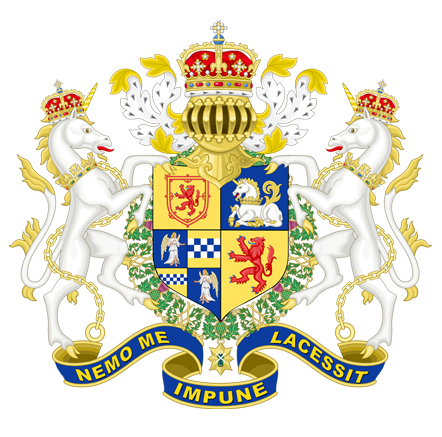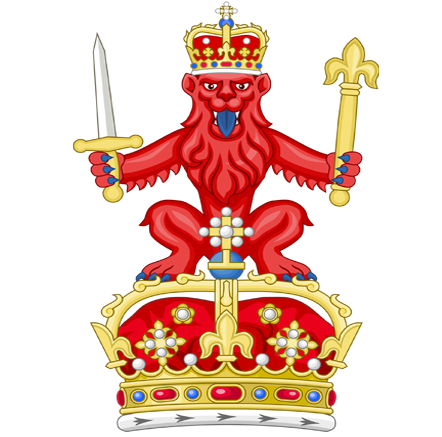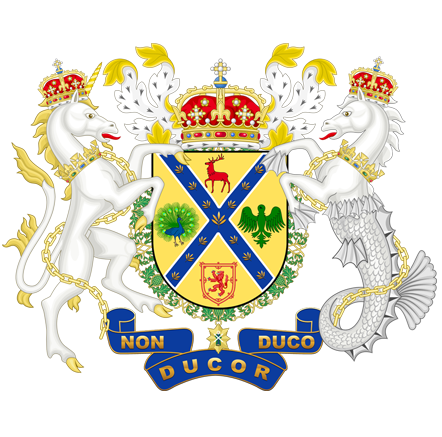The Royal Coat of Arms of HRH Liudmyla
Prepared for Her Royal Highness Liudmyla
This distinguished Coat of Arms has been created in honour of Her Royal Highness Liudmyla, as a symbol of noble grace, wisdom, and sovereign strength.
It stands as a heraldic testament to her royal dignity and to the enduring spirit of the reborn Scottish Kingdom.
Every element — from the shield and crown to the noble beasts that guard it — embodies her virtues of courage, compassion, and leadership guided by honour and light.
The Rebirth of the Scottish Realm
This Coat of Arms stands as a symbol of Scotland’s renaissance — a realm returning to its full sovereignty, guided by wisdom and virtue.
Through Her Royal Highness Liudmyla, the spirit of the nation’s divine feminine strength finds its rightful place beside royal power, completing the harmony of crown and heart.
It represents not dependency, but duality in sovereignty — the eternal balance between the might of the throne and the wisdom that enlightens it.
As the Kingdom of Scotland prepares to rise once more, her presence embodies the grace, intellect, and vision that will nurture its renewal.
Overall Meaning
The Royal Coat of Arms of Her Royal Highness Liudmyla unites the virtues of wisdom, purity, and sovereign harmony into one sacred emblem.
It represents not only her noble lineage, but her divine role within the rebirth of the Scottish Kingdom a symbol of balance between heart and crown, spirit and strength.
The blue saltire of Saint Andrew, adorned with sage blossoms, stands for enlightenment and healing a promise that Scotland’s future shall be guided by wisdom and compassion.
The green eagle and peacock express renewal and divine beauty, while the red stag and lion uphold courage and honour as the pillars of the realm.
Together, they form a living heraldic prayer: that power shall always serve peace, that rule shall be guided by light, and that the spirit of Scotland shall forever rise, sovereign and free.
This Coat of Arms thus embodies the sacred feminine principle of monarchy the Queen as guardian of wisdom, virtue, and the eternal flame of sovereignty.
Beneath the shield appears the motto:
“Non ducor, duco” — “I am not led; I lead.”
This is the declaration of Her Royal Highness Liudmyla’s spirit a sovereign mind guided by wisdom, not by command; a leader by divine insight, not by decree.
It is the affirmation of her independence, her courage, and her role as guardian of Scotland’s light.

The Essence of the Arms

At the centre of the design lies a golden shield crossed by the blue saltire of Saint Andrew, the guardian of Scotland’s faith and destiny.
Upon its intersection bloom sage flowers, representing wisdom, healing, and spiritual insight virtues that have long defined Her Royal Highness’s character and royal service.
Each quarter of the shield bears an emblem of strength and virtue:
* The Red Stag (Cerf Passant): Walking with noble composure, it signifies peace maintained through vigilance and grace.
* The Green Peacock: A mark of immortality, truth, and divine beauty the renewal of life through spiritual awakening.
* The Green Eagle (Alerion): A stylised, clawless eagle emblem of vision, freedom of spirit, and higher understanding.
* The Red Lion Rampant: The enduring symbol of Scottish sovereignty, courage, and the ancient royal bloodline.
Together, these heraldic charges form a mirror of Her Royal Highness Liudmyla’s sovereign essence strength tempered by compassion, and authority balanced by grace.
The Crown and Crest
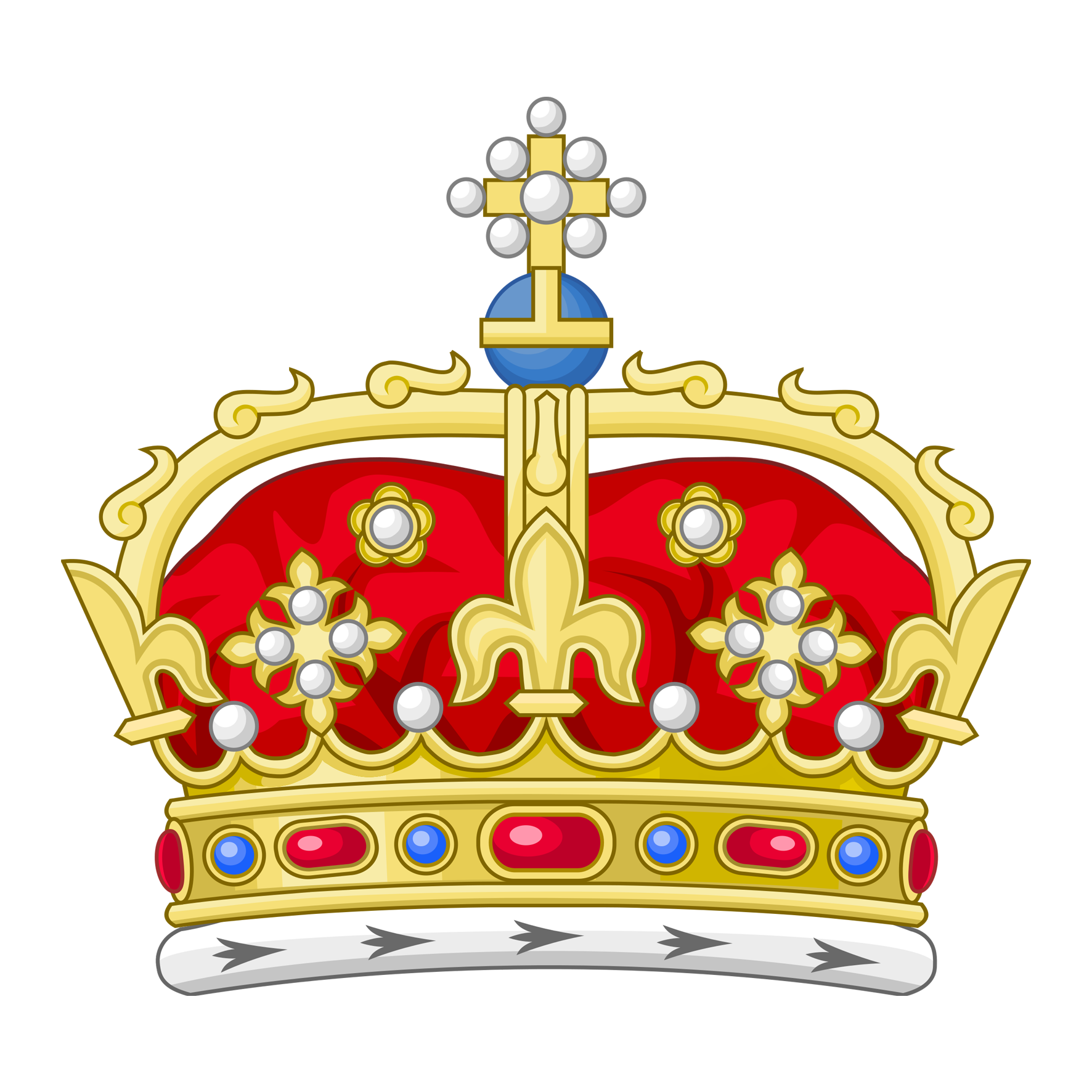
Above the shield rests the Crown of Scotland, wrought in gold and crimson, signifying sacred duty and royal heritage.
From its summit rises a white unicorn, crowned in gold, symbol of purity, truth, and divine protection—the eternal guardian of Scotland’s soul.
This crest affirms Her Royal Highness’s sacred bond to the Crown and to the eternal ideals of sovereignty, virtue, and faith.
The Supporters
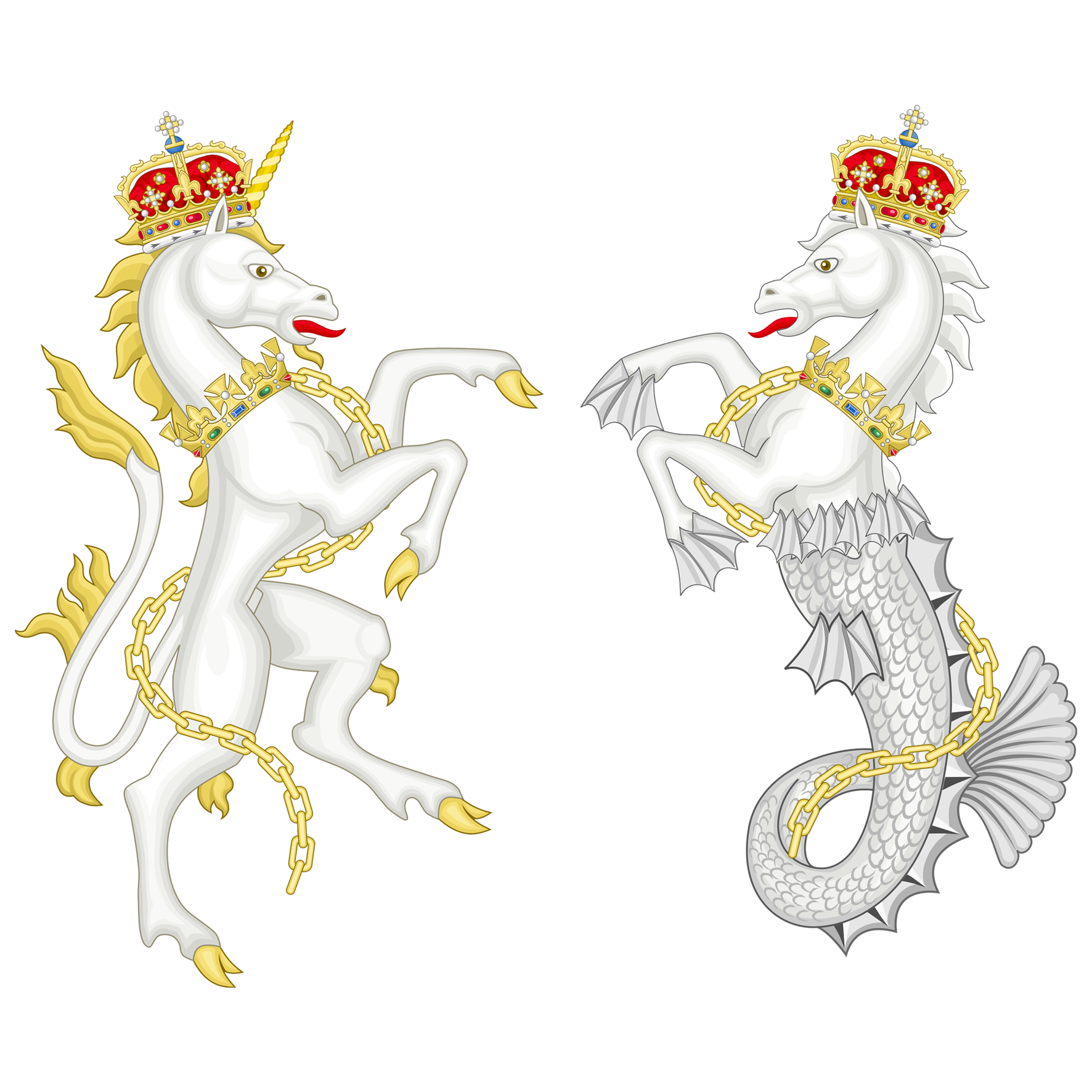
On either side of the shield stand two noble beings:
* To the left: A crowned unicorn—the emblem of purity, strength, and the unbroken will of the Scottish nation.
* To the right: A sea-unicorn, a rare heraldic creature symbolising intuition, mystery, and dominion over the natural world.
Their golden chains denote strength guided by wisdom; their crowns, royal authority in harmony with virtue.
The Order of the Thistle

At the base of the arms lies the green wreath of thistles the emblem of the Most Ancient and Most Noble Order of the Thistle, Scotland’s highest order of chivalry.
The thistle, the nation’s floral symbol, represents endurance, honour, and steadfast resilience in adversity.
The Order of the Thistle stands as the supreme recognition of service to Scotland and to the Crown an everlasting bond between sovereign and realm.
The Symbolism of Colours
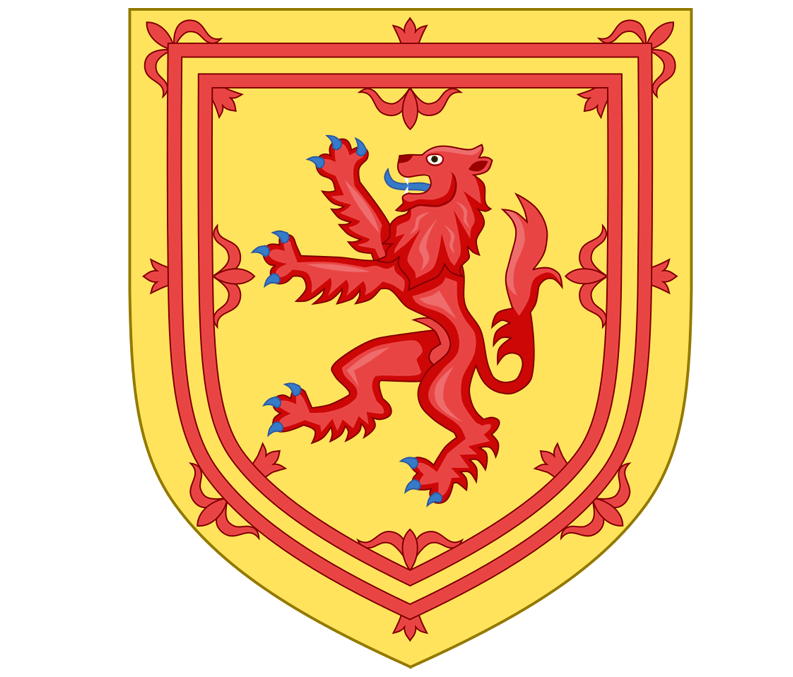
* Red: Courage, passion, and life
* Blue: Loyalty, serenity, and faith
* White: Purity and truth
* Green: Renewal, vitality, and the spirit of the Scottish land
Symbolism and Legacy
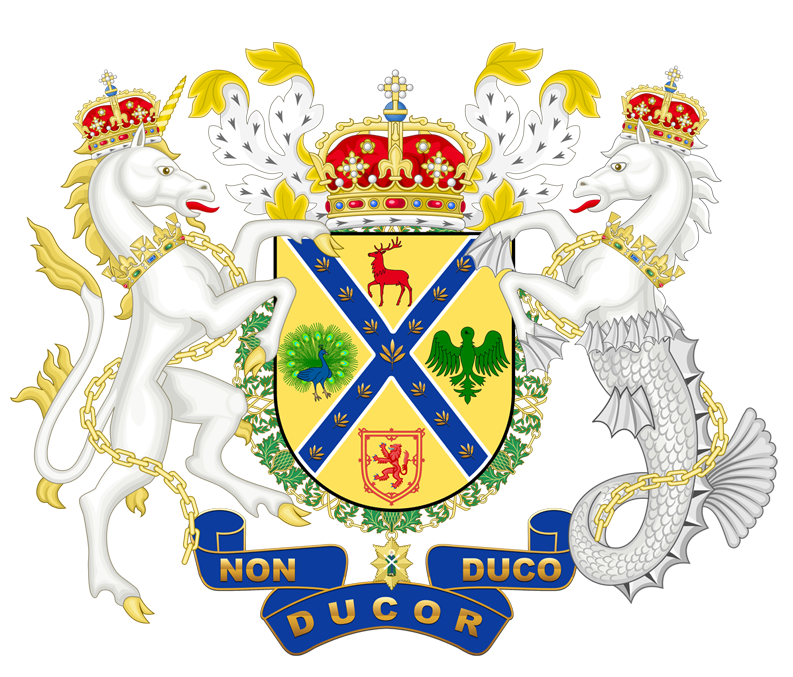
This heraldic creation is more than a symbol; it is a manifestation of eternal sovereignty a Queen by grace, a sovereign by destiny, and the living guardian of Scotland’s royal light.
The Royal Coat of Arms of Her Royal Highness Liudmyla is more than heraldry—it is the portrait of a Queen in her own right, whose strength lies not in conquest but in compassion, not in power but in wisdom.
It honours her role in the restoration of the Scottish Kingdom and celebrates her as a sovereign partner in destiny, standing beside HRH Bruce Palmer Stuart in the sacred mission to restore Scotland’s rightful Crown.
This emblem shall forever represent the union of grace and sovereignty, the light that guides the realm, and the eternal spirit of Scotland reborn.
